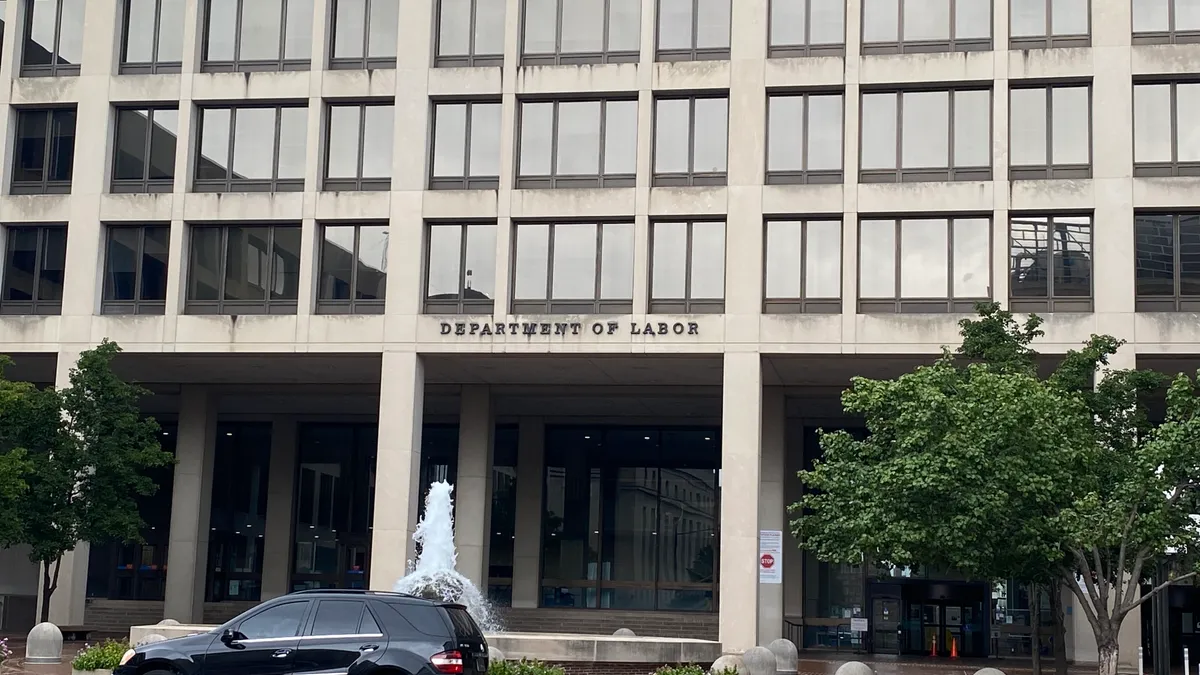Dive Brief:
- Employer groups led by the Coalition for Workforce Innovation sued to block the U.S. Department of Labor’s independent contractor final rule Wednesday, more than a month after the rule took effect.
- The case in the U.S. District Court for the Eastern District of Texas, Coalition v. Su, is a renewed effort to block DOL’s independent contractor rulemaking, a fight greenlit by the 5th U.S. Circuit Court of Appeals. In February, the latter court lifted a stay it placed on Coalition pending publication of the final rule. The suit itself dates back to 2021, when petitioners sued the Biden administration over its decision to nix a Trump-era independent contractor rule.
- The groups’ motion for summary judgment alleged that DOL’s latest final rule “injects new inconsistencies and incoherence to the analysis of independent contractor status.” It asked the Texas district court to consider whether the 2021 recission and 2024 promulgation of the final rule violated the Administrative Procedure Act and the Regulatory Flexibility Act, among other laws.
Dive Insight:
DOL’s final rule aims to extend federal wage-and-hour protections to workers the agency believes are misclassified as independent contractors under existing regulations, Acting Secretary of Labor Julie Su told reporters in January. But from the jump, employment law observers anticipated swift challenges to the final rule.
Those challenges did not stop the rule from taking effect, though, despite a last-minute effort by Louisiana transportation workers to enjoin the rule ahead of its March 11 effective date. A federal judge denied their motion and the case remains in litigation. The same is true of a case against DOL filed by freelance writers and editors in Georgia.
The final rule largely tracks DOL’s 2022 proposed independent contractor rule, retaining a multifactor, “totality-of-the-circumstances” analysis framework that considers six nonexhaustive factors when examining relationships between workers and potential employers:
- Worker’s opportunity for profit or loss.
- Investments made by the worker and the employer.
- Degree of permanence of the work relationship.
- Nature and degree of control over performance of the work.
- Extent to which the work performed is an integral part of the employer’s business.
- Use of the worker’s skill and initiative.
While it does represent a regulatory shift for employers, the biggest implication of the final rule may be that it signals regulators’ focus on worker misclassification, one attorney recently told HR Dive. Additionally, while the rule deals with Fair Labor Standards Act regulations, it may also have implications for employee benefit plans governed by the Employee Retirement Income Security Act.













